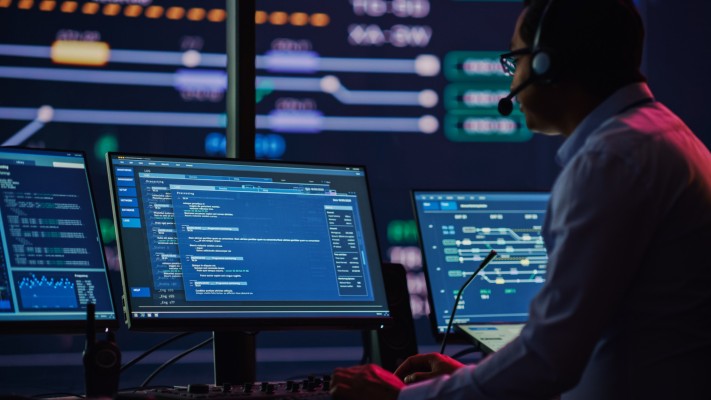The Department of Defense's approach to software acquisition has undergone a significant transformation in recent years, moving away from traditional hardware-centric procurement models toward more agile, iterative methodologies better suited for modern software development. The Secretary of Defense memorandum on software acquisition represents a watershed moment in this evolution, providing much-needed clarity and direction for both government acquisition professionals and industry partners.
The Historical Challenge
For decades, DoD software acquisitions were forced to follow acquisition pathways designed primarily for hardware—a model fundamentally misaligned with how modern software is developed and deployed. This approach led to:
- Acquisition timelines stretching over years and running over budget
- Locked-in requirements before development begins, coupled with a forced “waterfall” progressive development process
- Lack of currency and applicability with security protocols with little room to adapt to new threats or technologies
- Outdated capabilities delivered at launch, with a constant game of “catch-up” that is extremely difficult and expensive to develop to full-compliance
These challenges created significant frustration for both government stakeholders and industry partners, while ultimately failing to deliver the capabilities needed for modern war fighting environments.
The SecDef memo on software acquisition articulates a fundamentally different approach, acknowledging that software is not hardware and requires its own acquisition methodology. Key elements include:
- Continuous Delivery Focus: Emphasizing regular, frequent capability delivery rather than massive, infrequent releases
- Modular Open Systems: Prioritizing modular architectures that enable component-level upgrades and technology insertion
- DevSecOps Implementation: Integrating security throughout the development process rather than as a final hurdle
- User-Centered Design: Placing end-user needs at the center of development decisions
- Modern Software Practices: Embracing contemporary practices like containerization, micro-services, and infrastructure as code

The Human Element: Technical Expertise Remains Essential
While the memo provides critical policy direction, implementing these changes successfully still depends heavily on the expertise of acquisition professionals, subject matter experts, and system engineers. As the memo itself acknowledges, software doesn't replace human judgment—it enhances it.
Government and industry professionals bring irreplaceable expertise to the software acquisition process, providing critical context about operational environments, human interface, threat landscapes, and mission requirements that cannot be automated. Their ability to translate between technical capabilities and mission outcomes remains essential for successful acquisition programs.
Turning Policy Into Action
- Workforce Development: Building digital literacy and software expertise across acquisition teams
- Requirements Evolution: Moving from static requirements documents to continuously refined backlog management
- Contract Structure Innovation: Developing contracting approaches that support iterative delivery and continuous integration
- Metrics Realignment: Shifting from milestone-based metrics to value delivery and user satisfaction measures
The Path Forward
The SecDef memo provides a north star for DoD software acquisition, but the journey requires sustained commitment from both government and industry partners. Organizations succeeding in this new paradigm demonstrate:
- Leadership commitment to digital transformation
- Investment in both technical tools and human expertise
- Willingness to learn from failures and iterate approaches
- Focus on capability outcomes rather than process compliance
The SecDef memo on software acquisition represents not just a policy shift but a fundamental reimagining of how the Department of Defense delivers software capabilities to warfighters. By providing clarity on the unique nature of software acquisition and establishing guiding principles for modern approaches, the memo creates a foundation for more effective, responsive, and resilient defense systems.
As the department continues this transformation journey, the partnership between policy guidance, technical tools, and human expertise—particularly that of security professionals who understand both mission context and technical realities—will remain essential for translating this vision into operational capability for the nation's defense.








